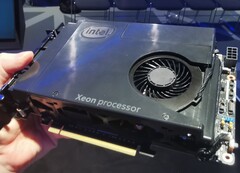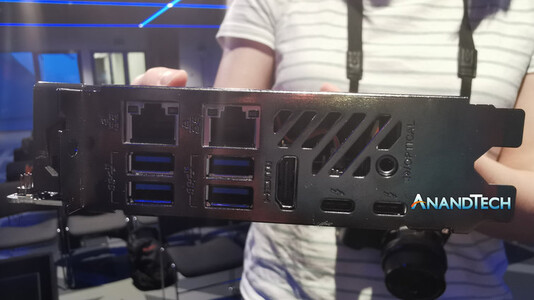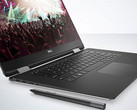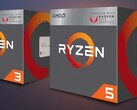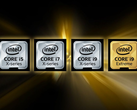The idea of a modular PC is not something entirely new. Among the first to promote this type of design was Razer with Project Christine back in 2014, but nothing really came of it, probably due to it being way ahead of its time, at least from the gamer perspective. Modular smartphones are already a thing, so why not a modular PC? Intel thinks the problem should be tackled differently.
Desktop PCs nowadays are already modular in the sense that one can upgrade component by component if need be. Intel’s approach, however, consists of a modular card that integrates all the necessary components and that can further combine with other accelerator cards. One such modular card was showcased recently at an Intel even held in London. Codenamed “The Element,” the modular card itself is actually a dual-slot PCIe board that integrates its own desktop-grade CPU coupled with RAM and SSD storage, plus it comes with interfaces like 2X Thunderbolt 3 connectors, 4x USB ports, 2x GbE jacks, Wi-Fi support and HDMI out. From the pictures provided by Anandtech, the modular board does not seem to be much larger than a high-end graphics accelerator.
Digging deeper into specific spcs, underneath the cooler and heatsink there is a custom BGA Xeon CPU, two LPDDR4 RAM SO-DIMMs and an M.2 SSD, which can easily be upgraded if needed. The PCIe X16 interface appears to be Gen3, since Intel is completely against Gen 4 for the moment, but a Gen 5 upgrade could be possible in a few years, if the product catches on. As far as power requirements are concerned, the board gets an 8-pin connector, which, together with the PCIe slot can provide up to 225 W.
Intel stated that it is not currently looking to distribute this design through AIB partners. The modular cards will solely be manufactured by Intel and distributed to OEMs that can further tune their systems to accommodate such modular designs. The first commercial modules are expected to ship to OEM partners in Q1 2020, but Intel did not disclose any pricing information.




